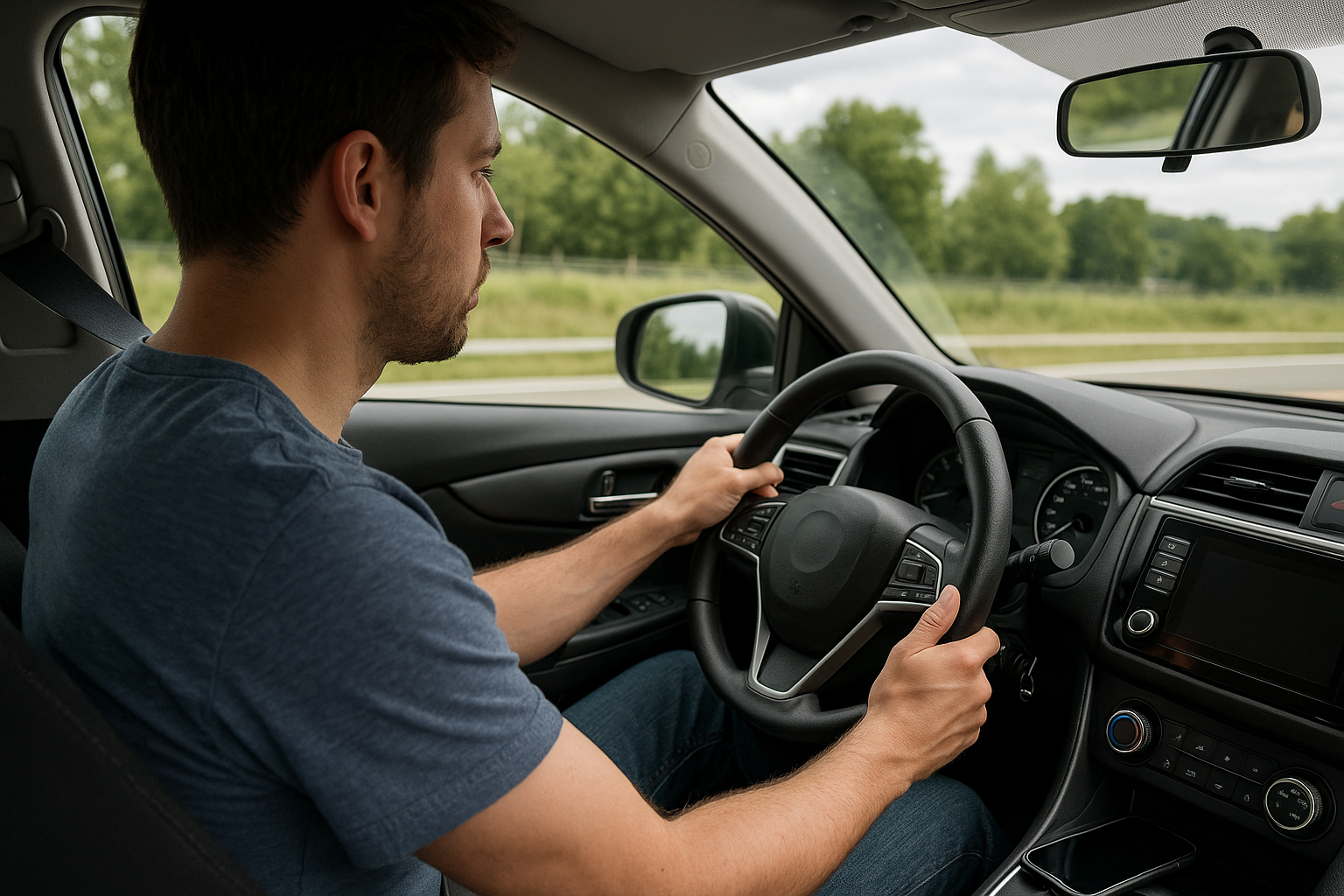Distracted driving remains one of the leading causes of accidents on U.S. roads. By adopting proven distracted driving tips and building safe driving habits, you can significantly reduce your risk behind the wheel. In this article, we’ll explore the most common sources of distraction, practical strategies to avoid phone while driving, and techniques to maintain focus from start to finish.
1. Understand the Risks of Distracted Driving
Distractions come in three main categories:
- Visual: Taking your eyes off the road (e.g., glancing at your phone, adjusting the GPS).
- Manual: Removing your hands from the steering wheel (e.g., eating, reaching for items).
- Cognitive: Diverting your mind from driving (e.g., daydreaming, emotional conversations).
Even a five‑second glance at your phone at 55 mph covers the length of a football field without you looking at the road. Understanding these dangers is the first step in adopting effective distracted driving tips.
2. Implement a “Phone-Free” Driving Zone
Out of Reach, Out of Mind
Place your phone where you can’t easily grab it—such as the glove box, purse in the back seat, or a center console drawer. This simple step removes the temptation to check notifications or send quick replies.
Use “Do Not Disturb” Modes
Most smartphones offer a driving mode that silences alerts and sends an auto-reply to incoming texts. Activate this feature before you start the engine to avoid phone while driving distractions completely.
3. Plan Ahead to Minimize In-Car Distractions
Preparation prevents many common diversions:
- Set Navigation & Music: Program your GPS and select your playlist or podcast before pulling out of the driveway.
- Secure Loose Items: Stow water bottles, snacks, and other items securely so they don’t roll or fall mid‑drive.
- Adjust Climate Controls: Set temperature, fan speed, and seat positions while parked.
4. Adopt Mindful Driving Techniques
Practice the “Eyes Forward” Rule
Keep your focus on the road ahead, scanning lanes, mirrors, and your speedometer frequently. Shifting your gaze every two seconds helps anticipate hazards before they become emergencies.
Engage in Calm, Focused Driving
Listen to instrumental music or calm radio stations to reduce cognitive load. Avoid heated conversations or emotionally charged phone calls even if you’re parked—stress carries over into your driving mindset.
5. Leverage Technology Wisely
When used correctly, technology can enhance safety:
- Hands-Free Calling: Pair your phone via Bluetooth and use voice commands to make calls without touching your device.
- Lane‑Keep & Collision Warnings: Enable driver‑assistance features that alert you to drifting lanes or close obstacles.
- Dash Mounts: Use a secure phone mount at eye level for navigation—only glance when absolutely necessary.
6. Cultivate Long-Term Safe Driving Habits
Consistent practice turns good strategies into automatic behaviors:
- Review & Reflect: After each drive, note any moments where you felt distracted and plan improvements.
- Set Personal Rules: Commit to never using your phone for anything other than emergencies while driving.
- Lead by Example: Encourage family and friends to follow your safe driving habits—peer influence can reinforce positive change.
Conclusion
Maintaining focus on the road is essential for everyone’s safety. By following these distracted driving tips, consciously choosing to avoid phone while driving, and embedding safe driving habits into your routine, you’ll protect yourself, your passengers, and other road users. Remember: the moment your full attention shifts away from driving, the likelihood of an accident rises—stay present, stay safe, and make every journey a priority.
